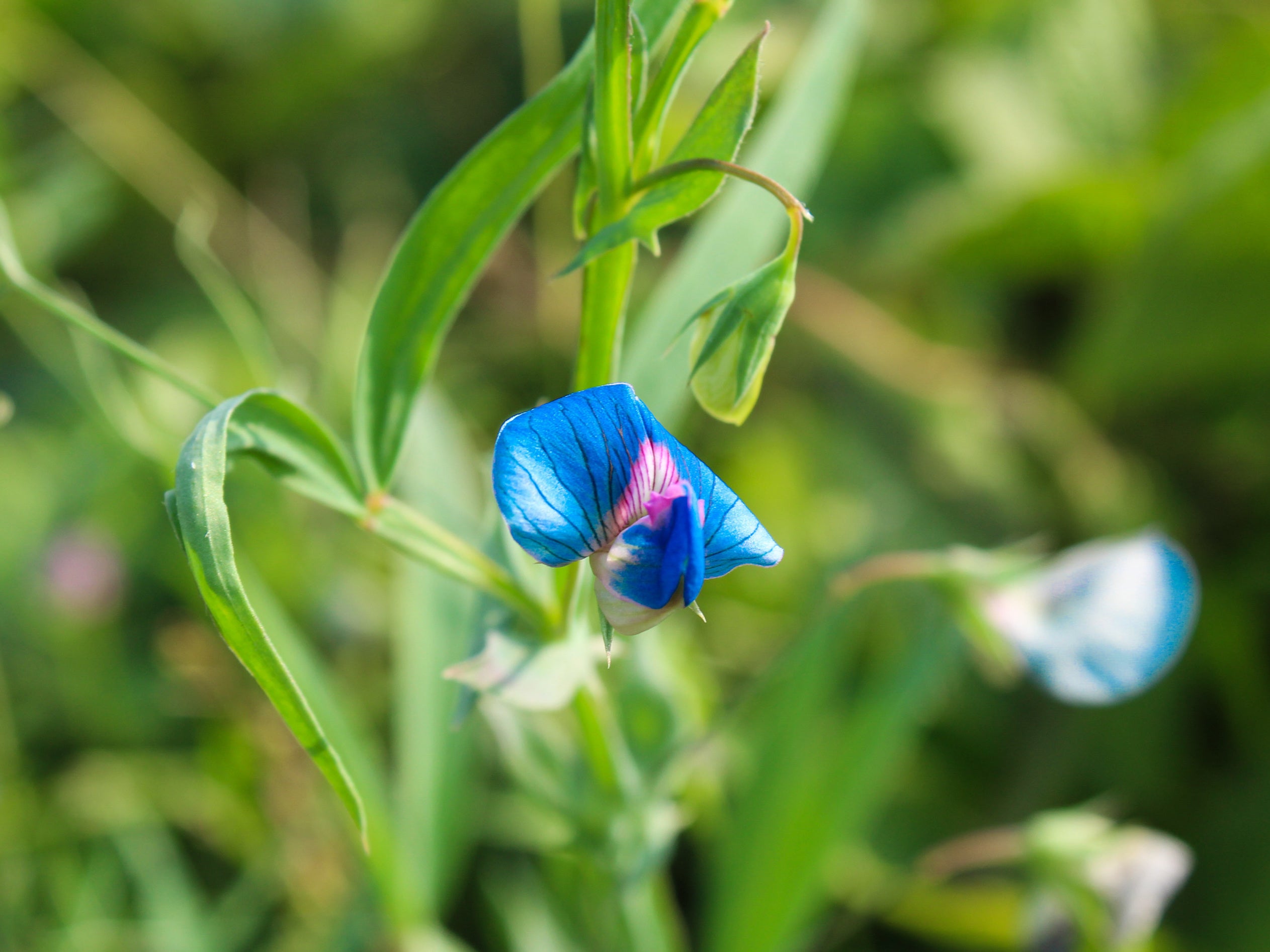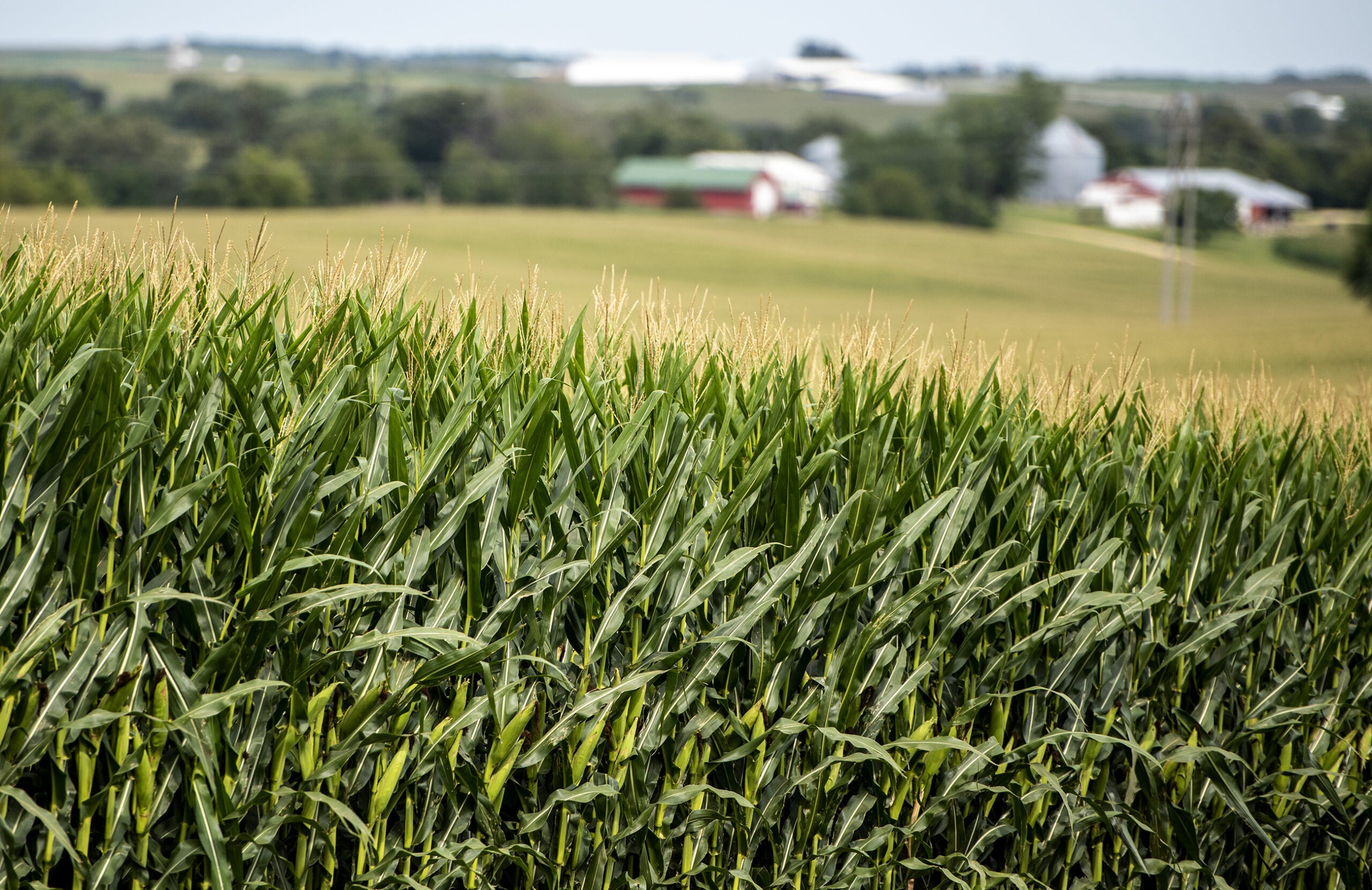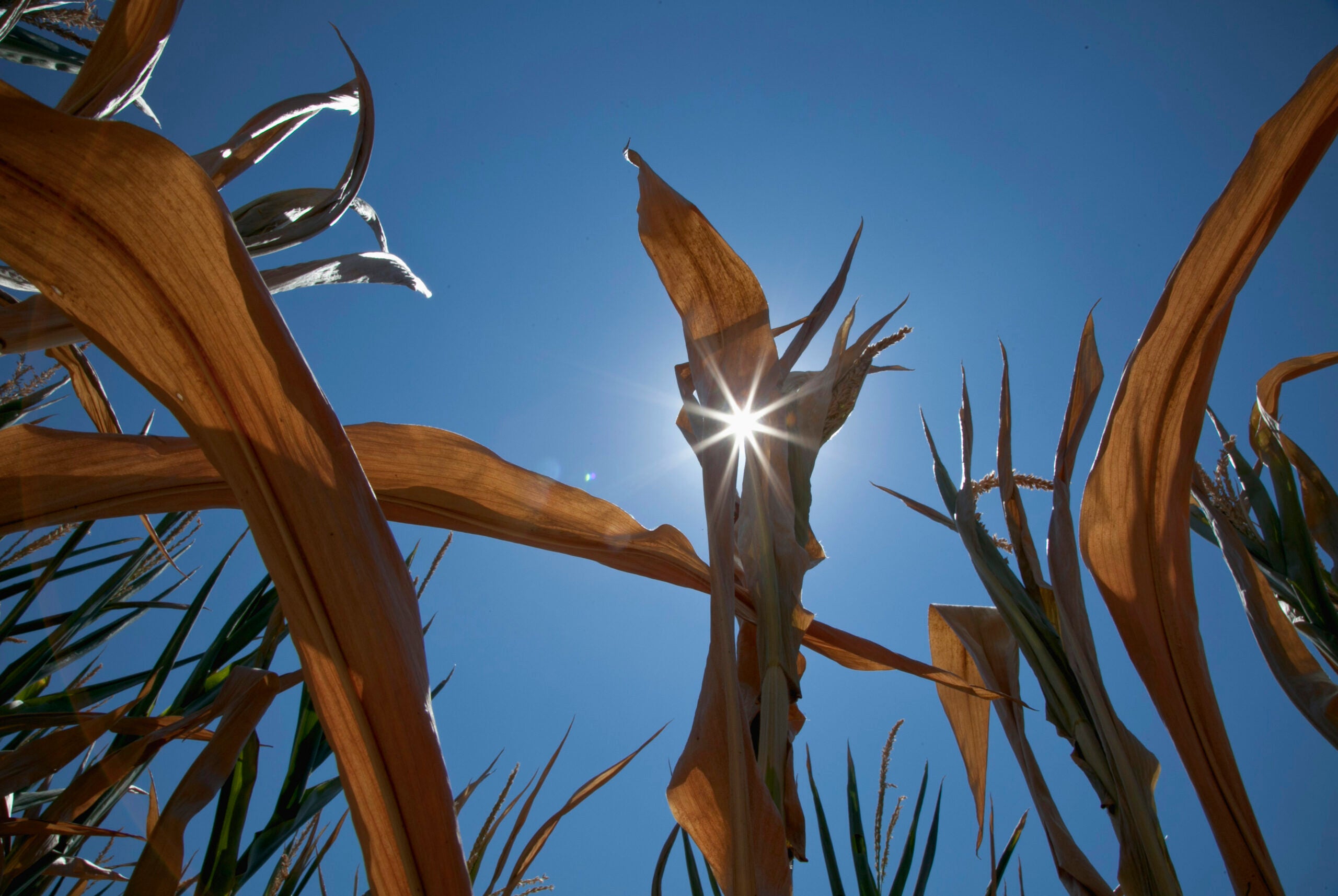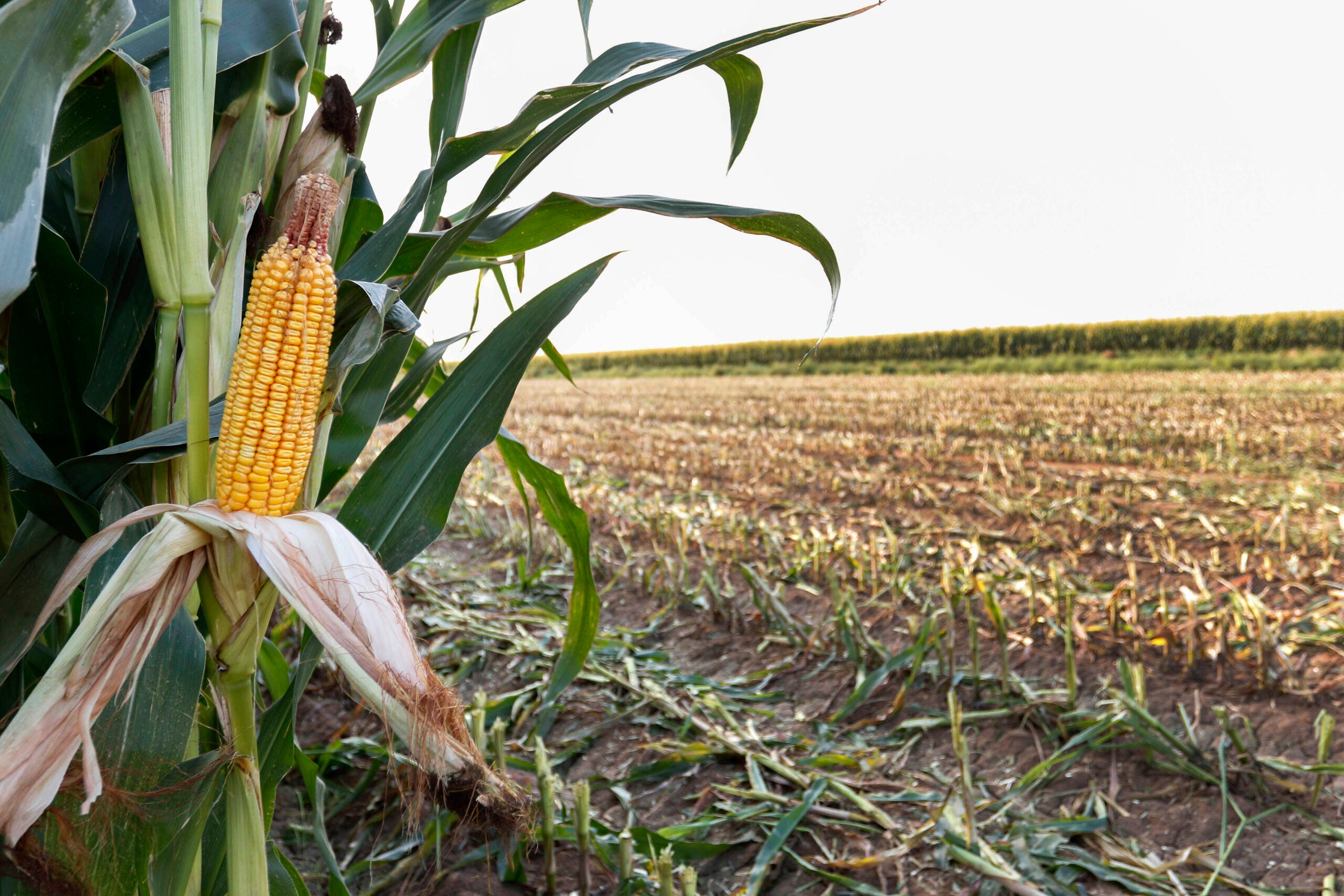This summer’s drought affected crop yields statewide forcing many farmers to try something new. More and more farmers are taking an interest in planting cover crops, which improve water quality.
Wayne Breitenfeldt farms 400 acres just east of Wausau. He’s one of many farmers who planted cover crops this year for the first time. Seventy acres of radishes now occupy the highly erodible sections of his corn fields. He says they’re supposed to absorb nitrogen from the soil working as a kind of miracle grow next spring for his corn. More importantly Breitenfeldt says they will help maintain the soil the corn will be planted in, “The soil erosion, that’s the main concern for me is just being better stewards of the land and holding onto the nutrients we have in our soil and not letting them leach down into the, the waterways.”
The National Resources Conservation Service offered an incentive for farmers to plant cover crops this year but didn’t anticipate the program being so successful. The agency estimates more than 30,000 acres of cover crops will be planted this fall in Wisconsin. That’s compared to about 5000 acres last year. According to agronomist Terry Kelley those cover crops could have a big impact next spring, “And it depends on the landscape, the slope of the land, and different types of soils, but planting a cover crop, for example where corn silage was taken up or removed, um it really ended up cutting soil loss roughly by 30 to 40 percent as they go into the spring.”
Stay informed on the latest news
Sign up for WPR’s email newsletter.
Kelley says many farmers also planted cover crops for livestock to graze on because of the high cost of feed.
Wisconsin Public Radio, © Copyright 2024, Board of Regents of the University of Wisconsin System and Wisconsin Educational Communications Board.




